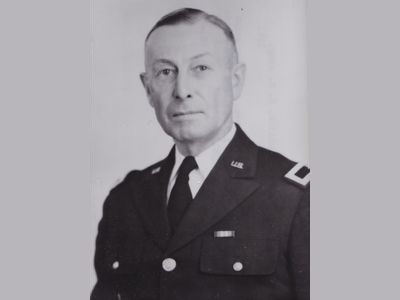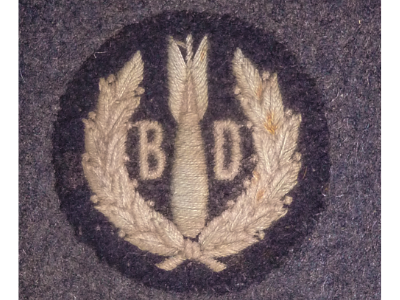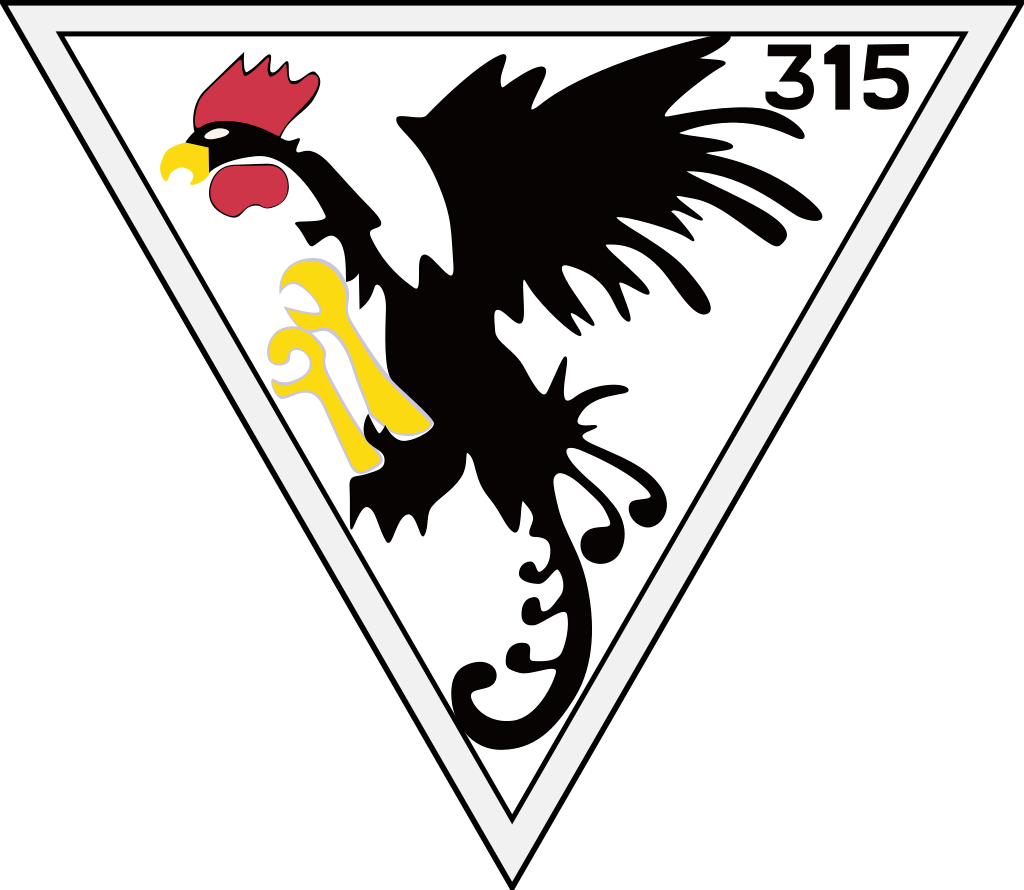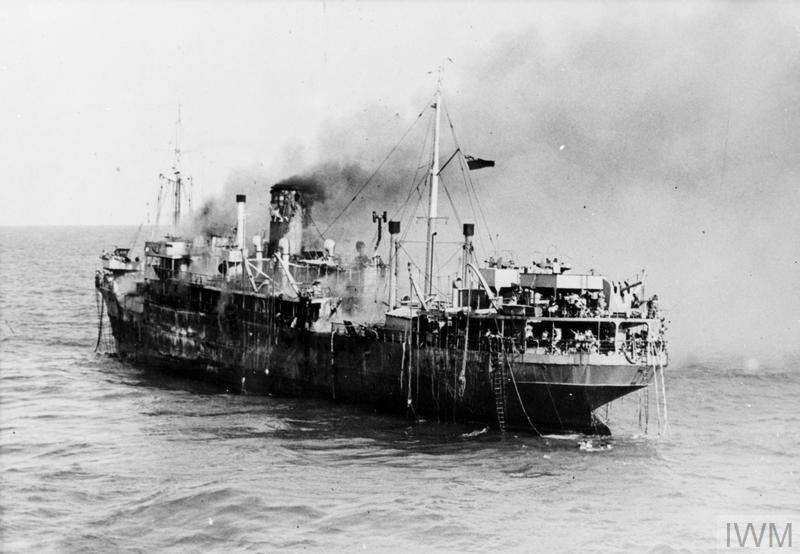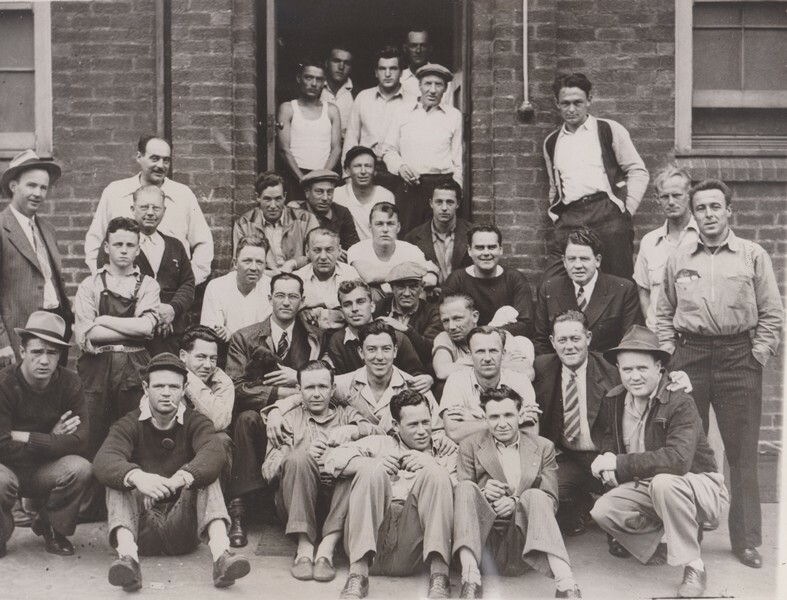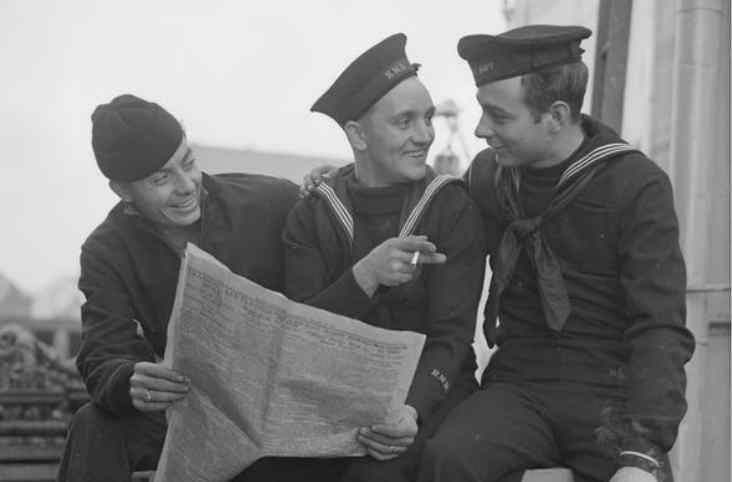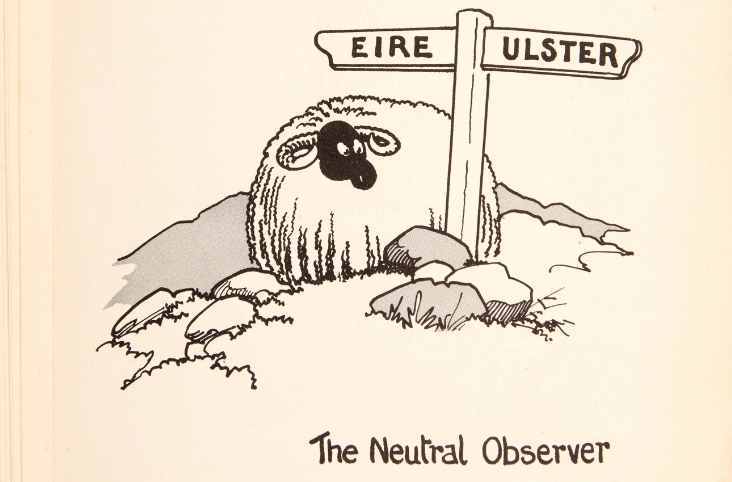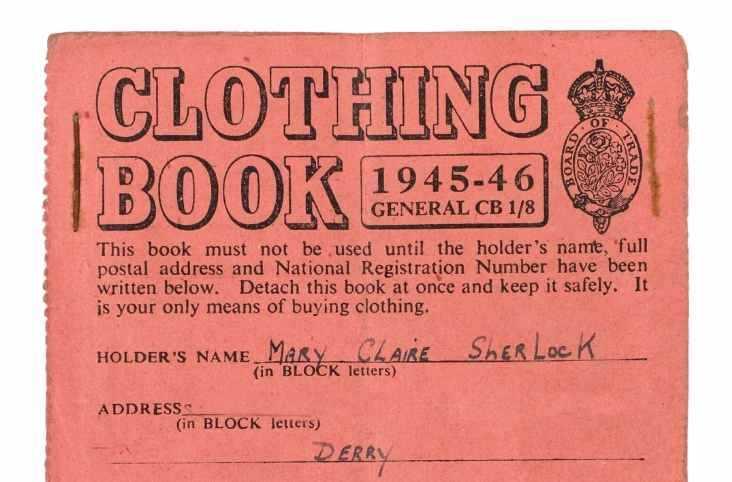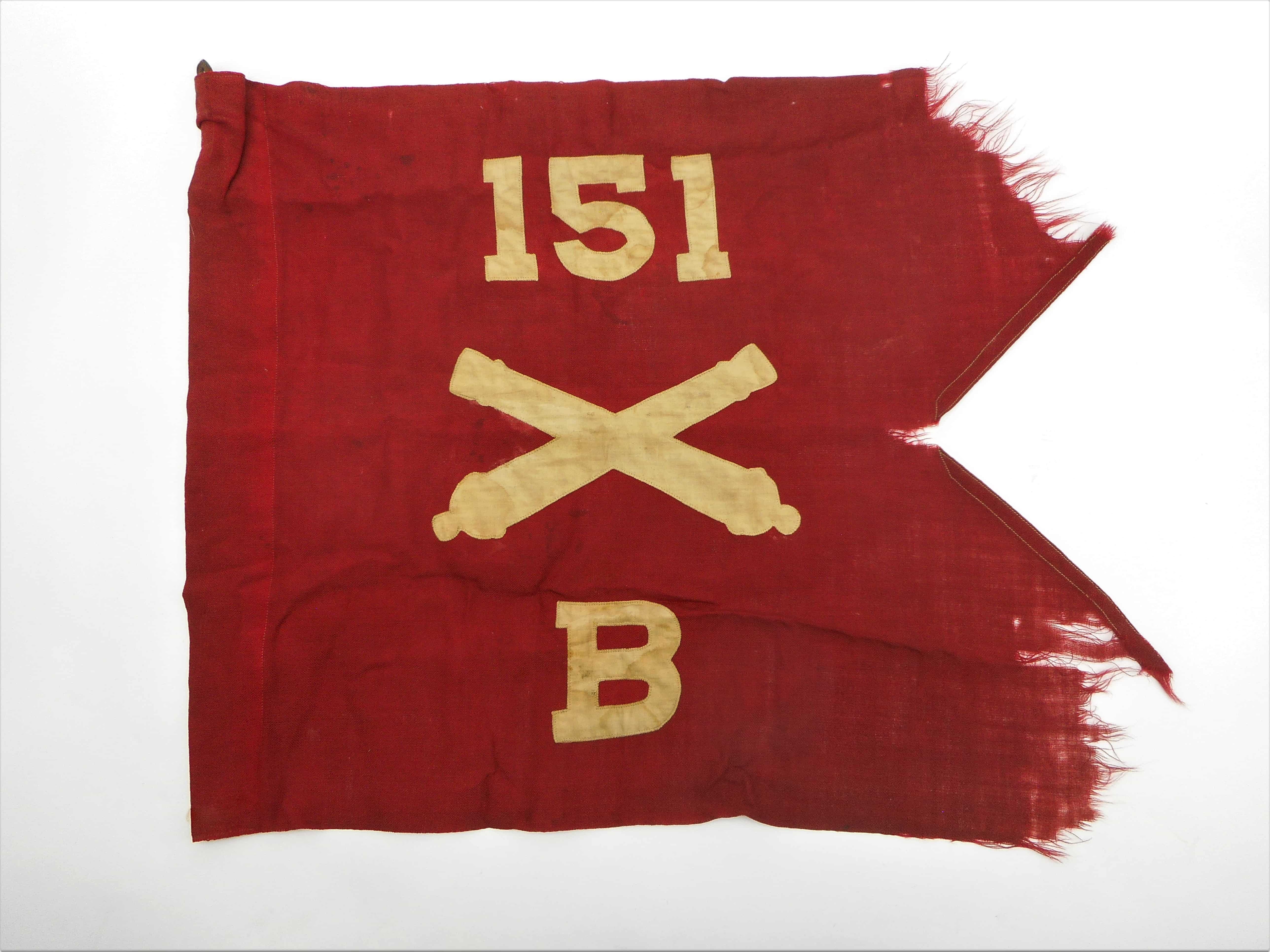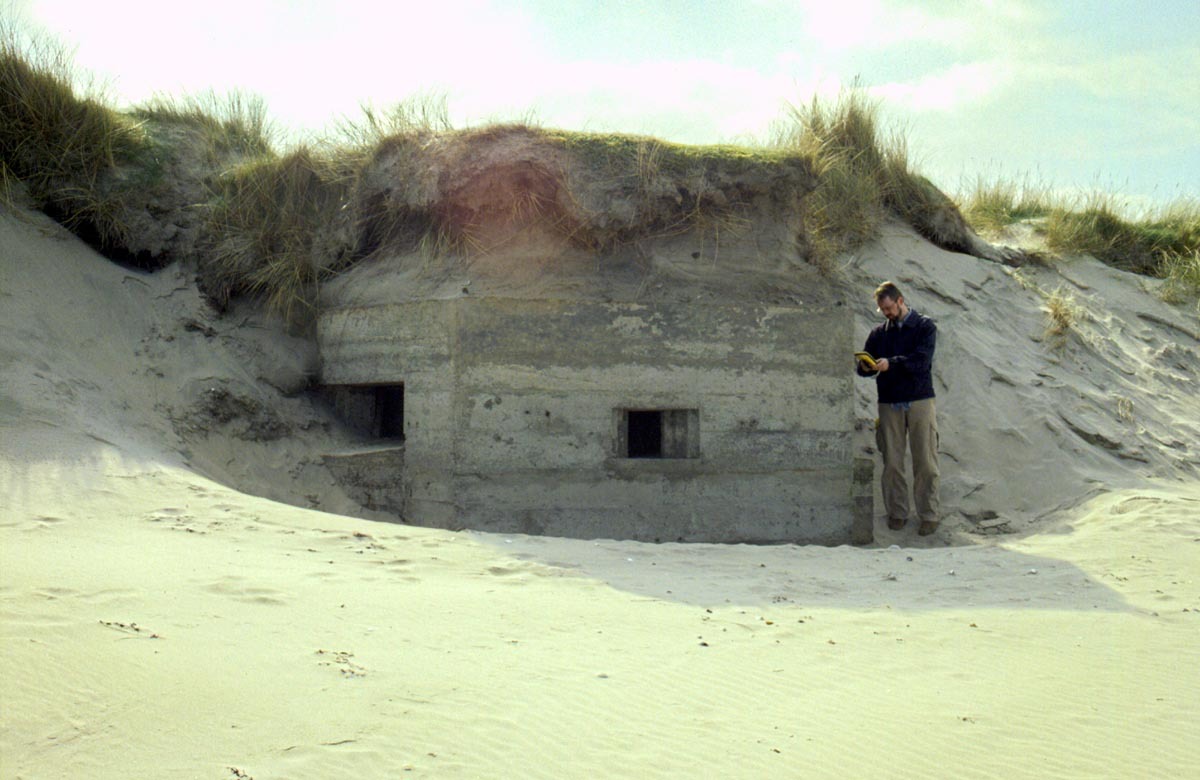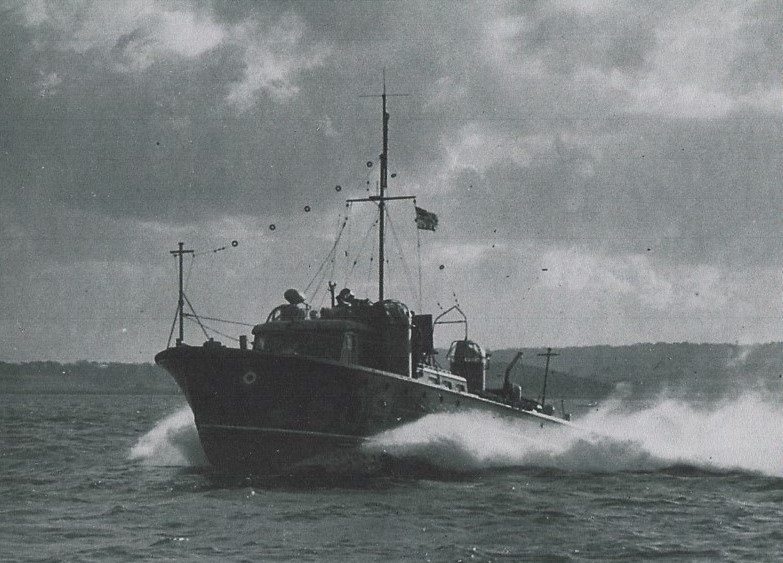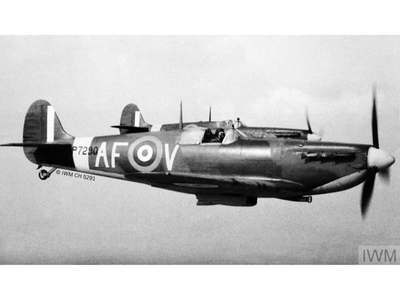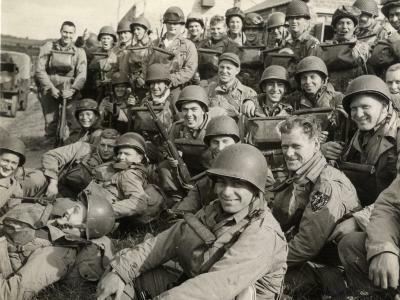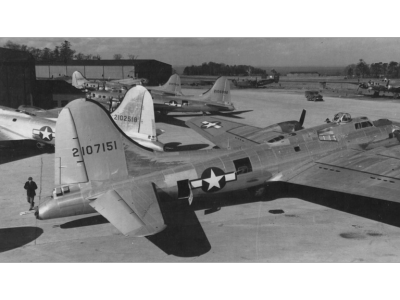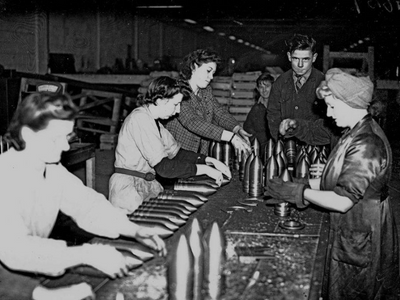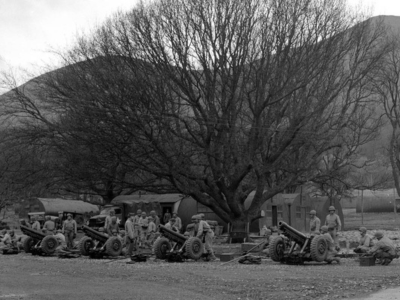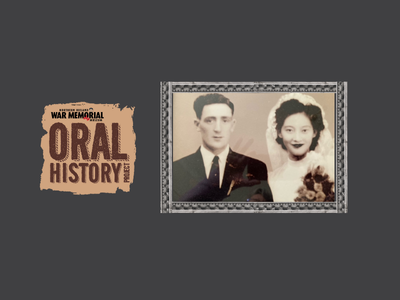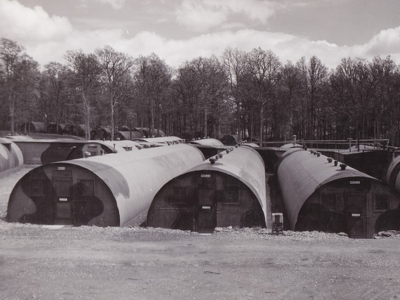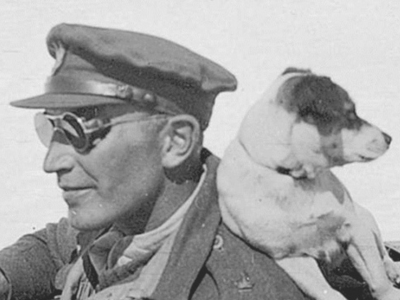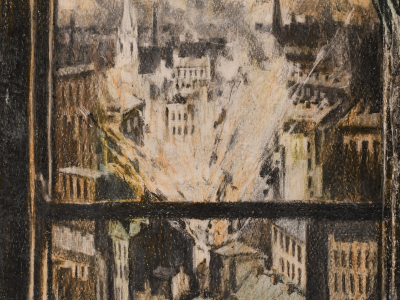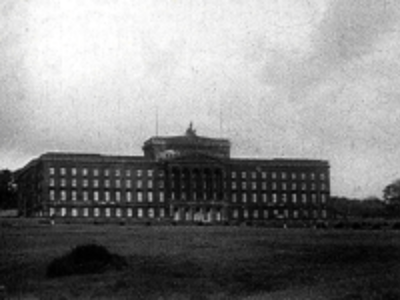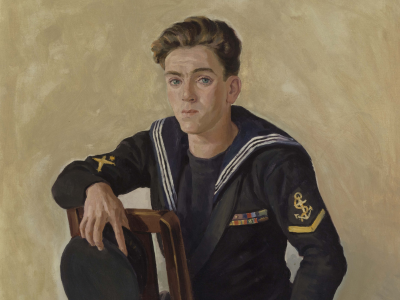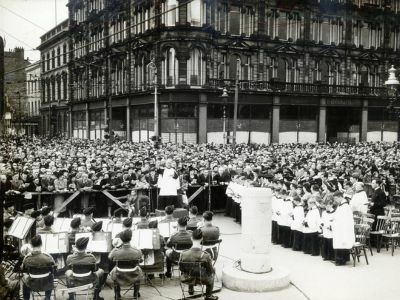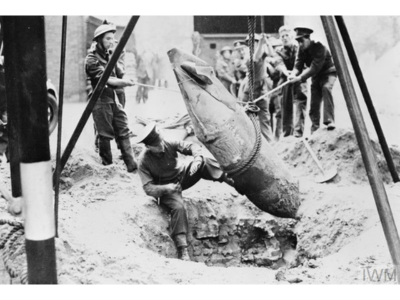Between June and December 1940, seven sites across counties Antrim, Down and Londonderry were selected for the construction of new airfields. This included a site on the Ards Peninsula that would become RAF Ballyhalbert.
By June 1941, the airfield was operational and was allocated to Fighter Command. On the 14 July 1941, No. 245 Squadron moved from RAF Aldergrove to the new airfield to undertake convoy patrols and defend the approaches to Belfast.
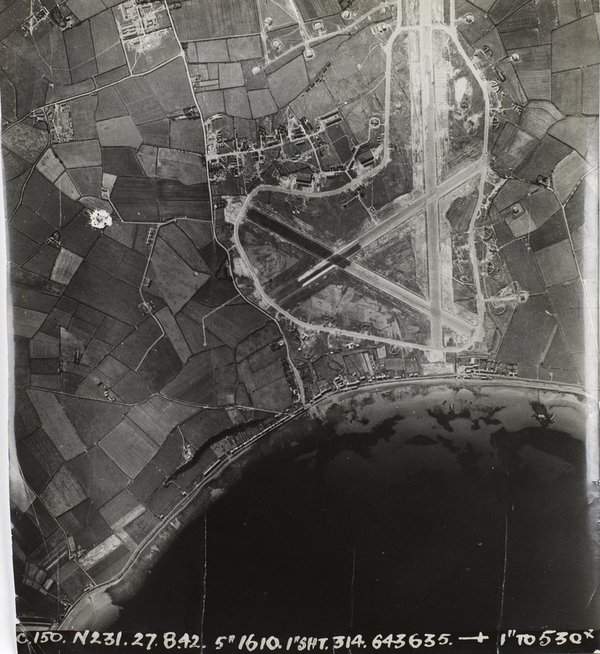
No. 303 (Kosciuszko) Squadron
By the winter of 1943, RAF Ballyhalbert had played host to a number of RAF squadrons and on 12 November, the famed No. 303 (Kosciuszko) Squadron received orders to move from RAF Northolt where they were largely undertaking escort duties for daylight raids over France, to RAF Ballyhalbert. No. 303 Squadron had fought during the Battle of Britain in the summer of 1940 and was not only the highest scoring Hurricane Squadron but it also had the best kill-to-loss ratio of any participating squadron in the battle.
They were to move without their aircraft and would take over the Mk. VB Spitfires previously flown by their countrymen No. 315 Squadron who were vacating Ballyhalbert for RAF Heston.
After taking time to settle into their new home the men began what was to become routine; convoy patrols over the North Channel between Scotland and Northern Ireland and training flights such as formation flying, air to ground attacks and Air Sea Rescue flights. One such convoy on the 27 November was described as being 50 miles north from Ballyhalbert that consisted of over 70 ships including 5 destroyers and 'one large ship going from side to side.'
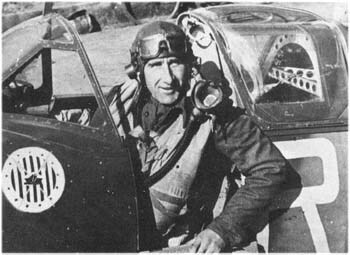
Shortly after their arrival, the Commander of No. 303, Squadron Leader Falkowski was appointed to the Acting Rank of Wing Commander and moved to No. 11 Group at Uxbridge. Squadron Leader Tadeusz Koc took over the command of No. 303 Squadron.
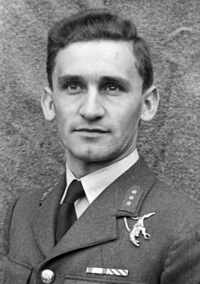
December 1943 began just as November had ended, with routine practice flights and the Squadron tasked with escorting troop ships in the Irish Sea and locating a lost Flying Fortress near Larne. However on the 14th December tragedy struck the Squadron when Flight Officer Podobinksi failed to return from RAF Toome. His No.2 on the flight, Sgt. Bartkowiak reported the following;
'on 14.12.43 at approx. 14.10 hrs I took off as No.2 with F/O Podobinski from RAF. St. Toome. The cloud ceiling was at 800-1000 ft, visibility about 1 mile...After about 12 mins, I asked Ops; keeping all the time a course of 120 degrees, 'What is our position?' Operations answered that we were 5 miles East of Base. After a short while they told me to move forward and try to make F/O Podobinski agree to five the leadership of the formation to me...F/O Podobinski answered with refusal gesture...F/O Podobinksi tried three times to get down through clouds but climbed again...When at the height of approx. 600 feet in a deep turn to the left and about 20 yards from my leader I looked down to see where we were and I noticed hilly ground. A few seconds later I noticed that we were flying straight into a fairly high mountain. I opened the throttle and climbed fast but during this operation I lost my leader...'
Over the next few days the Squadron's flying time was limited due to bad weather with mist, 10/10 cloud cover and very poor visibility. As a result, it was not until the 18 December 1943 that the crashed Spitfire EN856 belonging to F/O Podobinski was located at the highest point on the Isle of Man. The following day, S/Ldr Koc and F/Sgt Kepczynski flew to the Isle of Man to direct the search for the crashed aircraft. He was buried on the Isle of Man on the 22 December 1943 and his funeral was attended by P/O Haczkiewicz from No. 303 Squadron.
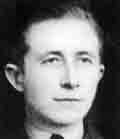
On the same day, the rest of the Squadron participated in an exercise where they acted as close escorts to 12 Marauders bombing 'Townpatrick' (Downpatrick) where they were engaged by 4 Mustangs acting as enemy aircraft.
On Christmas Eve, RAF Ballyhalbert hosted American pilots from Toome along with other invited guests in the N.A.A.F.I restaurant. S/Ldr Koc welcomed the guests after which 'all breaked with Christmas Wafer after an old Polish tradition and made ready for supper, singing Christmas Carols.' S/Ldr Koc then helped to distribute Christmas presents such as 1944 pocket calendars and packets of cigarettes. Further cigarettes were handed out on Christmas Day before the Officers served dinner in the Airmen's Mess. There was also no flying on Boxing Day with S/Ldr Koc recording, 'I think that congratulations will soon come from neighbouring bars.'
Before the end of the year the Squadron suffered another loss when Officer Commanding RAF Ballyhalbert, Wing Commander Charles Ronald Hancock, OBE, DFC, failed to return from a routine local practice flight. Neither his body nor his Spitfire were ever found and W/C Hancock is commemorated on the Runnymede Memorial in Surrey.
Routine returned in early 1944 with No. 303 performing convoy escort duties and practice flights. January however did not pass without incident; F/Sgt. Martens was forced to land at Sydenham aerodrome due to engine failure, another pilot forgot to lower his undercarriage and made a belly landing at RAF Ballyhalbert and on the 14th, RAF Ballyhalbert received an unexpected visitor when they were tasked with locating a lost Flying Fortress who they successfully escorted back to base.
In February the Squadron hosted pupils from No. 61 O.T.U and the new Officer Commanding, RAF Ballyhalbert, Group Captain C.A. Richardson, participated in air to ground training exercises but S/Ldr Koc records in the Squadron's Operations Record Book (ORB) that 'I would love to show the score, to write some more details, but there were not given any.' Later in the month, two Spitfires were scrambled to search for the crash site of a Sea Spitfire based at Ballyhalbert about 4 miles off Donaghadee where a body was recovered from the water by a small vessel. The pilot was Sub Lieutenant John Esmond Marshall who was buried in Belfast City Cemetery. (https://www.cwgc.org/find-reco...)
A further instance of note within the Squadron ORB towards the end of February 1944 is the visit of Wing Commander Jan Zumbach who was one of the founding members as well as a previous Officer Commanding of No. 303 Squadron.
The number of convoy patrols carried out by the Squadron steadily increased as 1944 progressed with the Poles even noticing that some of the troop ships were full of American soldiers. Unbeknownst to the men of No. 303 Squadron, this was the movement of troops and equipment in the build up for the invasion of Normandy in June 1944. It was a matter of time before the experienced No. 303 Squadron would receive their own orders in advance of this operation.
On 24 April 1944, the Squadron Adjutant received a signal for No. 303 Squadron to move from RAF Ballyhalbert to Horne Advanced Landing Ground. By the end of the month, No. 303 Squadron had packed their equipment and moved via rail and ferry to their new base at RAF Horne so ending the time spent by Polish Squadrons in Northern Ireland during the Second World War.




